Two studies report considerable improvements in technologies designed to help people with facial paralysis to communicate.
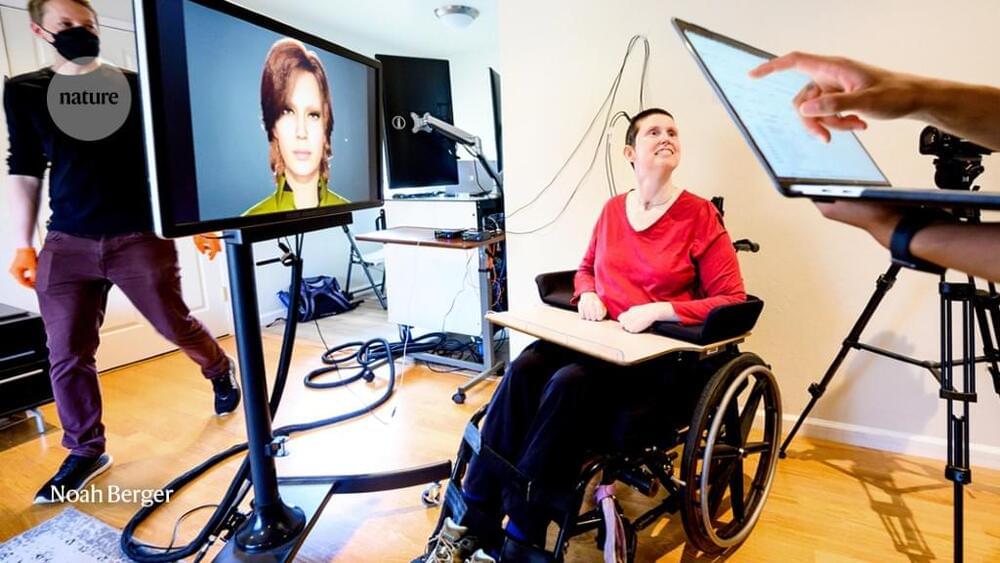

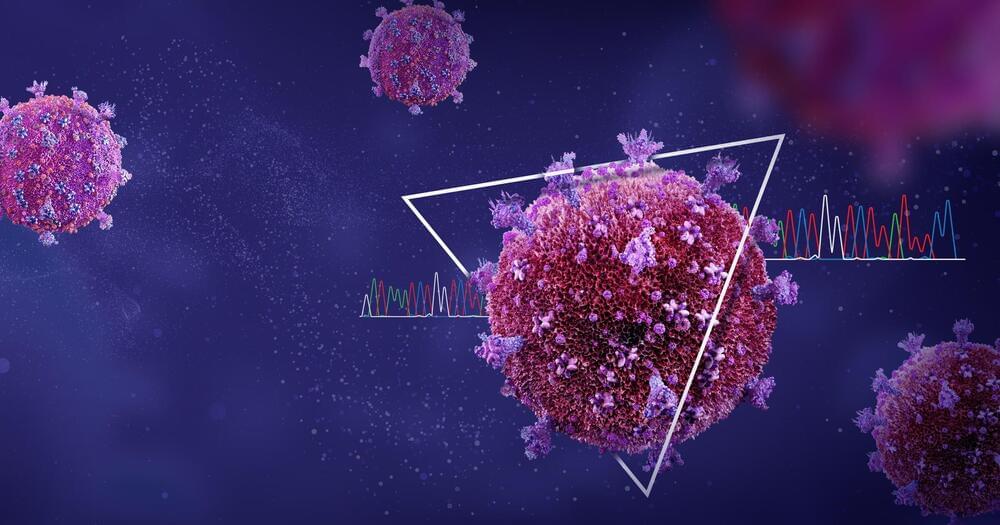
To address the HIV surveillance needs of the global community, the Applied Biosystems HIV-1 Genotyping Kit with Integrase offers broad genotyping coverage of HIV-1 Group M subtypes from extracted viral RNA from plasma and dried blood spot (DBS) samples to detect resistance to protease inhibitors, nucleoside reverse-transcriptase inhibitors, non-nucleoside reverse-transcriptase inhibitors, and integrase inhibitors.
This HIV-1 resistance kit harnesses gold-standard Sanger sequencing technology to amplify and reliably sequence the diverse and rapidly evolving HIV-1 virus.
This product employs assays for HIV-1 genotyping licensed from the U.S. Centers for Disease Control and Prevention.
Are you looking for an AI platform that can help you build modern applications? Look no further than our selection of top performing platforms!
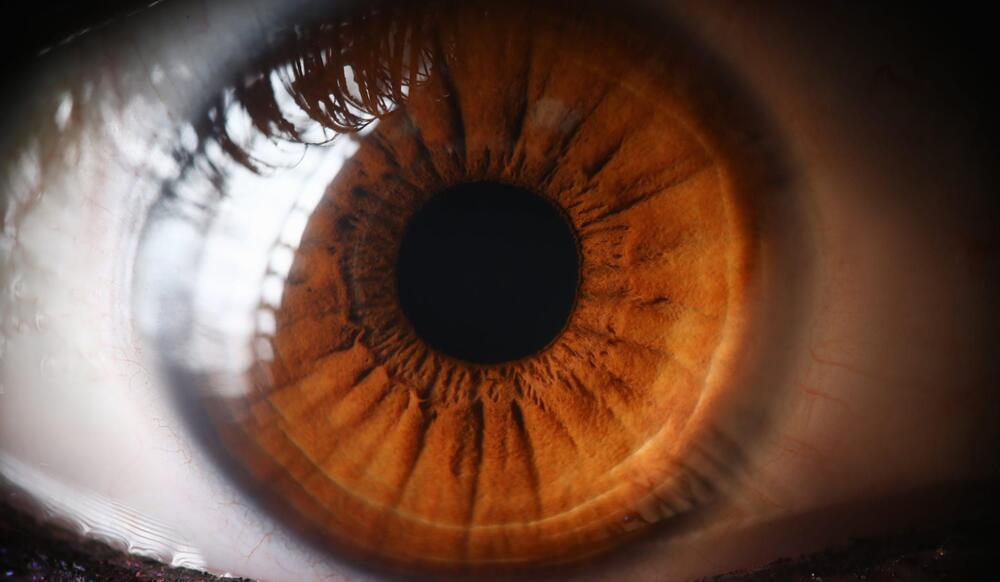
“Microglia exhibit both maladaptive and adaptive roles in the pathogenesis of neurodegenerative diseases and have emerged as a therapeutic target for central nervous system (CNS) disorders, including those affecting the retina,” wrote the researchers. “Replacing maladaptive microglia, such as those impacted by aging or over-activation, with exogenous microglia that enable adaptive functions has been proposed as a potential therapeutic strategy for neurodegenerative diseases. To investigate the potential of microglial cell replacement as a strategy for retinal diseases, we first employed an efficient protocol to generate a significant quantity of human-induced pluripotent stem cells (hiPSC)-derived microglia.”
“Our understanding of microglia function comes predominantly from rodent studies due to the difficulty of sourcing human tissue and isolating the microglia from these tissues. But there are genetic and functional differences between microglia in mice and humans, so these studies may not accurately represent many human conditions,” explained lead author Wenxin Ma, a PhD, biologist at the Retinal Neurophysiology Section, National Eye Institute, National Institutes of Health.
“To address this concern, researchers have been growing human microglia from human stem cells. We wanted to take this a step further and see if we could transplant human microglia into the mouse retina, to serve as a platform for screening therapeutic drugs as well as explore the potential of microglia transplantation as a therapy itself,” added senior author Wai Wong, vice president of retinal disease, Janssen Research and Development.

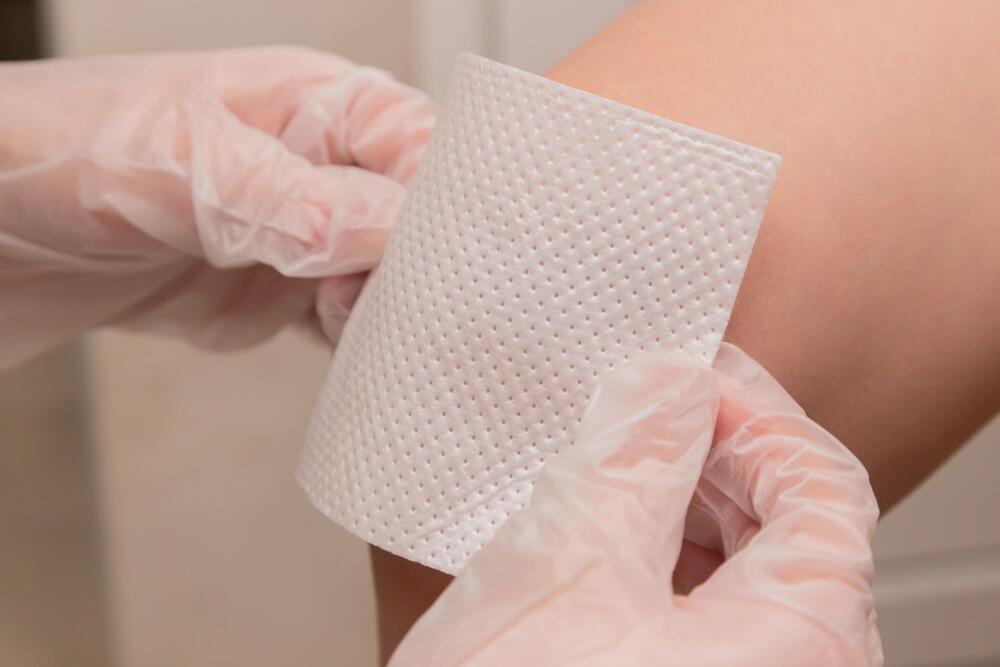
It’s notoriously difficult for doctors to identify a wound that is becoming infected. Clinical signs and symptoms are imprecise and methods of identifying bacteria can be time-consuming and inaccessible, so a diagnosis can be subjective and dependent on clinician experience. But infection can stall healing or spread into the body if it isn’t treated quickly, putting a patient’s health in grave danger. An international team of scientists and clinicians thinks they have the solution: a device run from a smartphone or tablet app, which allows advanced imaging of a wound to identify infection.
“Wound care is one of today’s most expensive and overlooked threats to patients and our overall health care system,” said Robert Fraser of Western University and Swift Medical Inc., corresponding author of the study published in Frontiers in Medicine. “Clinicians need better tools and data to best serve their patients who are unnecessarily suffering.”
The scientists developed a device called the Swift Ray 1, which can be attached to a smartphone and connected to the Swift Skin and Wound software. This can take medical-grade photographs, infrared thermography images (which measure body heat), and bacterial fluorescence images (which reveal bacteria using violet light).
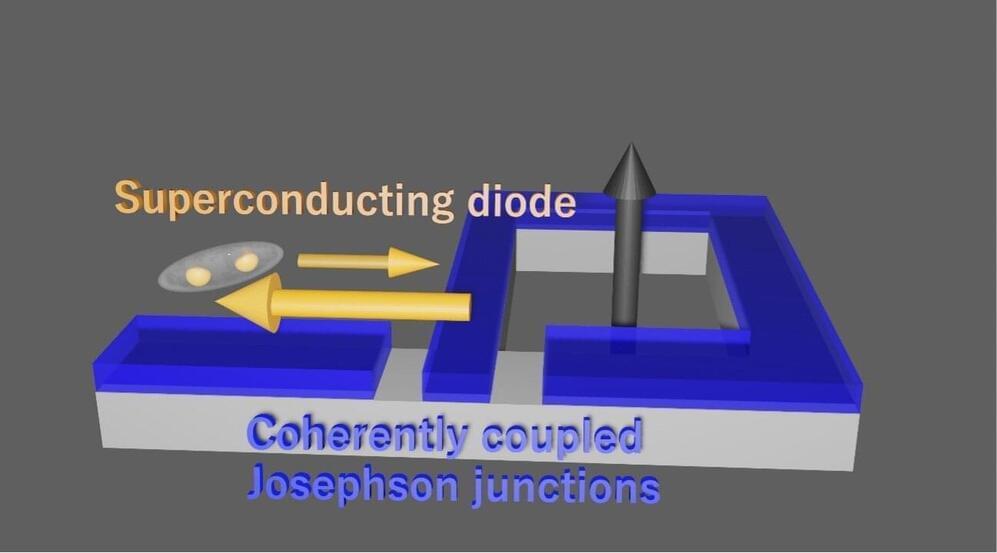
The so-called superconducting (SC) diode effect is an interesting nonreciprocal phenomenon, occurring when a material is SC in one direction and resistive in the other. This effect has been the focus of numerous physics studies, as its observation and reliable control in different materials could enable the future development of new integrated circuits.
Researchers at RIKEN and other institutes in Japan and the United States recently observed the SC diode effect in a newly developed device comprised of two coherently coupled Josephson junctions. Their paper, published in Nature Physics, could guide the engineering of promising technologies based on coupled Josephson junctions.
“We experimentally studied nonlocal Josephson effect, which is a characteristic SC transport in the coherently coupled Josephson junctions (JJs), inspired by a previous theoretical paper published in NanoLetters,” Sadashige Matsuo, one of the researchers who carried out the study, told Phys.org.
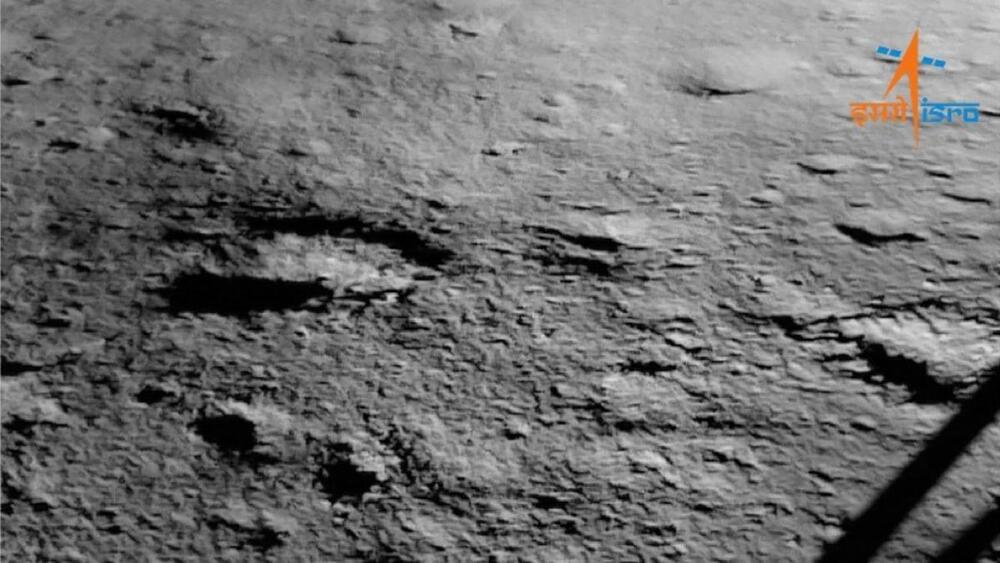
The first images from India’s Chandrayaan-3 mission taken after the probe’s historic moon touchdown reveal a pockmarked surface near the lunar south pole.
The Indian Space Research Organisation (ISRO) shared the images on X, formerly Twitter, on Wednesday (Aug. 23), about four hours after the Chandrayaan-3 spacecraft completed its smooth descent.
Wait… how is that possible?
